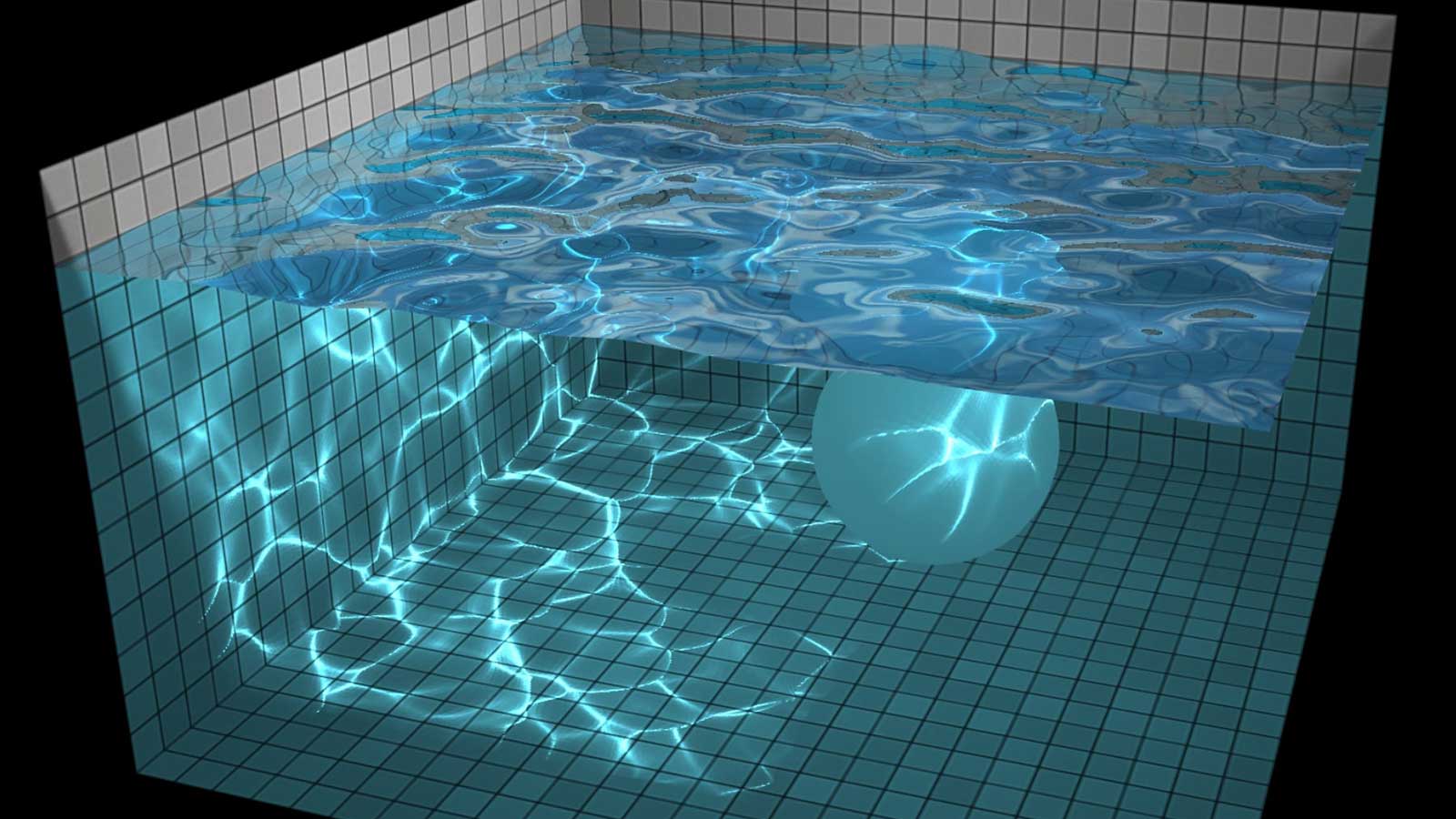If you’ve ever delved into video game reviews or been part of discussions about one game looking more realistic than another, you’ve likely encountered the term that makes all the visual magic happen: graphics. From a technical perspective, it’s not so much about designing the game’s environments or characters — that’s more on the artistic side of game development. Instead, it’s the graphics programmer who makes the stunning visuals match the artists’ vision while ensuring the game runs at peak speed. Their job can be divided into two core tasks: rendering and optimization.
Rendering in Video Games
When we talk about rendering, we’re essentially talking about the art of drawing something on the screen, and the goal is to make it look as fantastic as possible. Have you ever pondered why animated films often seem to outshine video games in the visual department? The key lies in understanding that a video game creates a brand-new image to showcase 60 times every second (that’s a mere 0.016 seconds for each image), whereas an animation film can take hours to craft a single frame. The task of a rendering engineer is to apply various techniques to replicate the quality seen in animation films.

A primary example of this task is creating a lighting system that looks genuinely realistic. The virtual worlds are filled with virtual lights, and it’s the graphics programmer’s responsibility to ensure that everything in the game world responds to these lights in a convincing manner. Achieving this requires a good grasp of physics, enabling them to understand how light operates in the real world to then mimic its behavior in the game software. We all have an innate understanding of how things should react to light, but regrettably, many of these interactions are incredibly complex.
Optimization for Smooth Gaming
As mentioned earlier, time is a critical constraint when it comes to ensuring a video game runs smoothly. Whether all the visual effects have been implemented or are still in the works, the graphics programmer must ensure that the game’s performance doesn’t take a nosedive. This involves meticulously measuring the time taken by each step of the process and diving deep into the hardware that executes the game’s code, such as the Graphics Processing Unit (GPU). At times, compromises in quality may be necessary to stay within the time budget. Nowadays, it’s common to find console games with two modes: “quality,” running at 30 frames per second with high visual fidelity, and “performance,” running at 60 frames per second with some visual sacrifices.
A similar dilemma arises when a game is being ported between different platforms. Imagine taking a game designed for a powerhouse like the PlayStation 5 and adapting it to run smoothly on a less powerful platform like the Nintendo Switch. In this scenario, optimization becomes even more critical, often involving sacrifices in visual quality to maintain a smooth gaming experience.
Graphics Programmers: The Unsung Heroes
In the high-stakes world of gaming, graphics programmers play an indispensable role, harmonizing the creative vision of artists with the technical wizardry of modern hardware. Their task is nothing short of turning the ordinary into the extraordinary, ensuring that every frame that graces your screen is a visual masterpiece. As technology advances and gaming experiences become ever more immersive, the work of these professionals remains vital. It’s the fusion of art and science, the pursuit of realism and performance, that keeps gamers captivated and excited about what the future holds for the world of gaming graphics.

In the world of computer graphics, achieving success requires a strong grasp of 2D and 3D mathematics, along with a comprehensive understanding of how images are generated from the game’s code to the eventual screen display. Furthermore, the process of crafting visually captivating game worlds that engage and inspire players necessitates a blend of creativity and unwavering attention to detail.
The next time you dive into your favorite game, take a moment to appreciate the subtle brilliance behind each breathtaking scene — it’s the result of countless hours and immense dedication from the unsung heroes of gaming, the graphics programmers. That hero path has to start somewhere, and for many it’s the Bachelor of Science in Computer Science in Real-Time Interactive Simulation degree program at DigiPen (Singapore).
Pursue Your Career in Graphics Programming at DigiPen (Singapore)
During your time at DigiPen (Singapore), you’ll build a solid math and physics foundation alongside the technical expertise needed to craft state-of-the-art graphics. You’ll delve into the rendering pipeline and learn how to wield shaders to program the GPU for breathtaking outcomes. Embarking on the path of a graphics programmer will set your creative spirit free, empowering you to craft the tech needed to build mesmerizing digital worlds.
